
Under the name “Italian pancetta”, there are countless products in Italy, from pancetta afumicata – which is actually what we know as bacon or smoked bacon – even the great specialties such as pancetta piacentina and other DOP (Protected Designation of Origin) products.
In this article, we will deal with the pancetta arrotolata piacentina, which is the maximum exponent of this category. By knowing the processes involved in making pancetta piacentina, it is possible to choose local variants adapted to the Latin American market without losing the essence of a specialty product.
Pancetta recipe step-by-step with video: https://charcutaria.org/receitas/pancetta-artesanal/
Pancetta preparation process
Feedstock
A pancetta It is made from pork. In Italy, the most used breeds are large white, landrace, duroc and pietran.
Pigs used must be at least 9 months old at the time of slaughter and weigh at least 160kg ±10%.
For the manufacture of pancetta, the central part of the fat covering the half-carcass is used, which runs from the retrosternal region to the inguinal region, comprising only the part lateral to the nipples. Pancetta comprises one of the fatty cuts that is obtained by initially isolating the so-called “pancettone”, which encompasses several parts. The cut is then reworked so that it has the characteristic rectangular shape.
The leather may or may not be removed. In pancetta piacentina DOP, the leather is maintained, preserving the ancient tradition. Preference should be given to maintaining the leather as it is part of the proper maturation process, preserving the meat from oxidation due to direct exposure to oxygen in the air.
The cut in this way can remain unprocessed for a maximum period of 72 hours, but always under refrigeration, which must be kept between 0°C and 2°C. The meat must remain refrigerated continuously before salting.
Processing
The preparation process begins with dry salting, which consists of placing a mixture of salt, spices and curing salts in contact with the meat. The curing mixture is described below.
The formulation for 100 kg of fresh meat is:
- Sodium chloride: minimum 1.5 kg – maximum 3.5 kg
- Sodium and/or potassium nitrate: maximum 15 g
- Sodium nitrite: maximum 10 g
- Black and/or white black pepper, in grains or ground: minimum 20g – maximum 50 g
- Cloves: maximum 40 g
- Sugar: maximum 1.5 kg
- Sodium L-ascorbate (E301): maximum 200 g
Salting is done manually. To the pancetta piacentina DOP, brine salting is prohibited and this should be followed for products in which the characteristics of this DOP are to be reproduced.
The opened, salted pieces of meat are placed in refrigerated chambers with a temperature of 3°C to 5°C and relative humidity of 70% to 90%. The length of stay is a minimum of ten days.
After this period, the pieces of meat are scraped to eliminate excess salt and spices and are inspected.
The pancettas are then rolled to obtain the characteristic shape. As some areas of the pancetta may be more or less thick, at this stage you can add pieces of lean meat that have also been salted with the same mixture described above to ensure better uniformity of the piece.
After being rolled up like a roulade, in the traditional process the pancetta is sewn on the side to maintain its shape and then tied with string. When processing larger volumes, other methods can be used, such as using mesh wraps to maintain the shape.
The ends, which are not protected by the leather, are then covered. In the traditional process, this is done using pig bladders or intestines. In more modern processes, materials such as collagen can be used. It is extremely important that the ends are protected during curing to prevent oxidation, contamination, etc. After being properly sewn, tied and the ends protected, the pancettas must remain for a few hours at a temperature between 0°C and 5°C to balance the internal temperature.
The pieces are suspended for drying in a chamber with a temperature between 15°C and 20°C, for a maximum period of seven days. At this stage, you notice the change in color of the leather, which indicates that the maturation process is happening correctly.
Once the drying phase is complete, the maturation phase begins, when the pieces must remain in a chamber with temperatures between 10°C and 18°C and relative humidity between 70% and 90%, with a tolerance of ±10% for a period of no less than four months. More refined products, such as dry-cured raw hams, undergo longer maturation periods, some lasting up to a year.
The ingredient that adds the greatest value to this product is time. Careful and prolonged curing, associated with high quality meat, will produce a unique and differentiated product in a market where massification prevails.
Recipe with video: https://charcutaria.org/receitas/pancetta-artesanal/
Source: carnetec.com.br/Industry/TechnicalArticles/Details/76412
-
 Curing salt 1R$ 8,00
Curing salt 1R$ 8,00 -
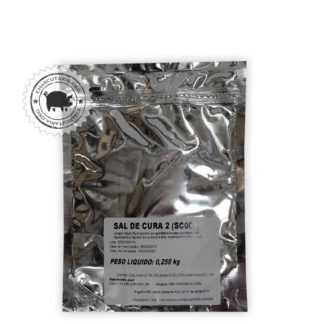 Curing salt 2R$ 8,00
Curing salt 2R$ 8,00 -
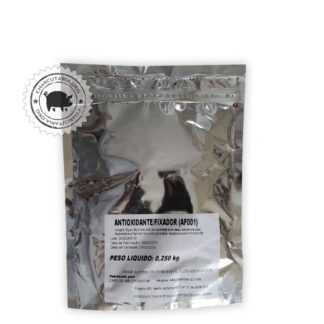 Fixative AntioxidantR$ 23,00
Fixative AntioxidantR$ 23,00 -
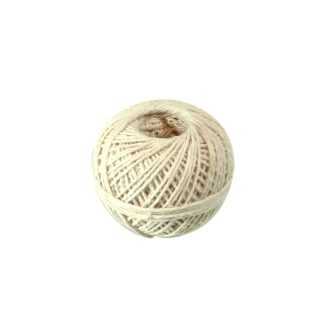 Culinary twineR$ 7,90
Culinary twineR$ 7,90 -
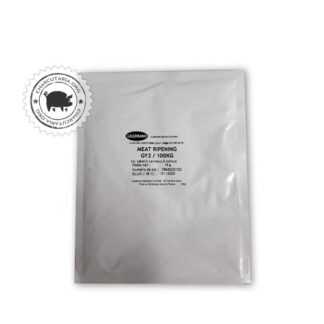 Starter CultureR$ 69,90
Starter CultureR$ 69,90 -
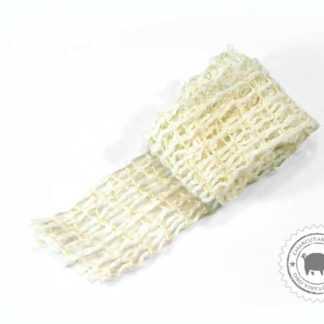 Culinary elastic net 50mmR$ 15,00
Culinary elastic net 50mmR$ 15,00 -
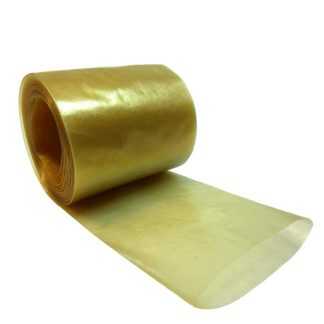 Collagen casing 45mm roll 5 meters salamiR$ 25,00
Collagen casing 45mm roll 5 meters salamiR$ 25,00 -
 Culinary elastic net 65mmR$ 18,00
Culinary elastic net 65mmR$ 18,00 -
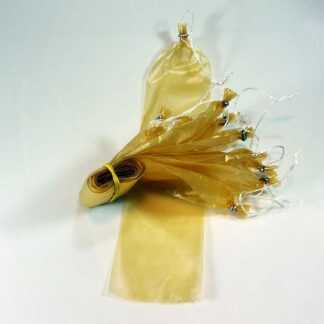 Salami collagen casing 45mm 10 units tiedR$ 22,00
Salami collagen casing 45mm 10 units tiedR$ 22,00 -
 Collagen casing 80mm cup and salamiR$ 29,90
Collagen casing 80mm cup and salamiR$ 29,90 -
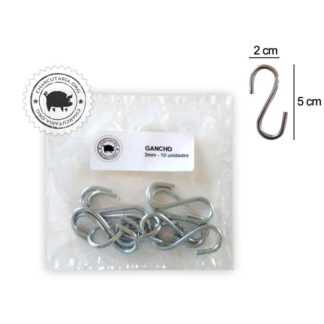 Galvanized HookR$ 12,00
Galvanized HookR$ 12,00 -
 Natural pork casing for sausageR$ 52,00
Natural pork casing for sausageR$ 52,00
